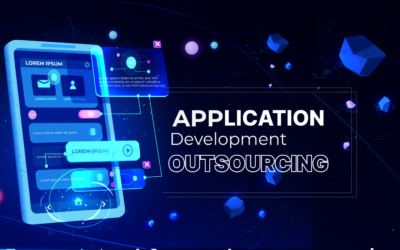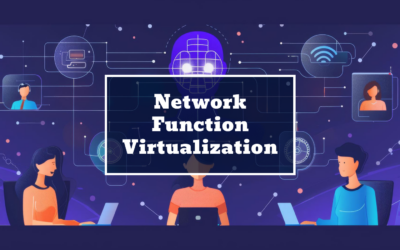The biggest problem with Blockchain

Blockchain has been a buzzword for a couple of years. The use of blockchain technology in supply chains has generated a lot of discussions. After all, the supply chain will use blockchain technology to provide everyone closure so they can all make moral choices. However, it is wise to avoid making the blockchain public because a transparent supply chain makes customer data and the business partners dealing with it apparently.
Complete transparency is not desirable while working in a professional setting because it allows everyone to see what other team members are doing in real-time. Blockchain technology was created as a means of resolving issues with digital currencies. Blockchain technology has a lot of potential for enhancing the security and accessibility of numerous goods and services across several industries. However, despite all of its possible benefits, blockchain still has a number of issues that programmers are working to fix.
Here’s a breakdown of blockchain issues that anyone must understand before using it.
Scalability- A lengthy blockchain can provide difficulties for a company, and a number of important elements are at play. Each computer on the network must first store data starting from the genesis block through the most recent blocks in order to confirm transactions and maintain an accurate record of the blockchain. These devices are referred to as nodes since they should be able to store data. This makes for a very secure system, but as the blockchain and network expansion, it also becomes less and less adequate.
Limitations are the main problem with blockchain. Each node provides information about the prior transaction when processing a new transaction. As a result, the system’s overall transaction history will grow. Additionally, blockchain networks keep all the data accurate to preserve confidence. Blockchain is also having hardware problems right now. The majority of implementation-related problems are caused by hardware restrictions.
Speed- Although the decentralized structure of blockchain can make it a poor tool for general transactions, blockchain transactions are considerably faster for account-to-account transfer. Every blockchain transaction needs to go through a validation process. The network for payment cards is able to process thousands of transactions per second because of this confidence. However, it must wait a long time in the queue to validate the transaction process. Transaction validation takes longer during peak hours. Because of this, even though there are many practical blockchain applications, installing blockchain makes up the majority of retail transactions.
Energy consumption- A significant amount of energy is thought to be consumed by blockchains due to the algorithm used in their construction. Energy may be used by the blockchain that the system uses to confirm which node wins to take on the next block in order to continue in the chain. Proof of work is used by both Ethereum and Bitcoin to quickly solve the challenging equation. As the network expands, there are more rivals and greater competition for computer resources, which use energy. Due to the fact that only one node will finally be able to confirm the next blog, energy usage is insufficient.
Complex- There are further concepts based on encryption and distribution behind the blockchain, even though it has the ability to revolutionize its application before anyone draws any conclusions about its advantages. Tech enthusiasts argue that it is preferable to eliminate the middleman currently used by financial services like fraud detection and payment clearing. However, many people have the misconception that banks offer these services to customers at considerably lower prices.
The greater the number of parties involved after blockchain installation, the more broadly applicable blockchain will be. Banks are also implementing blockchain. They are using a hybrid model rather than a centralized or decentralized model, which greatly increases complexity. Even if the current application is only on a limited scale, additional companies need to recruit professional blockchain expertise.
Privacy- The blockchain’s design was created with a public exhibition in mind. This implies that everyone has access to the information posted in the blog chain. If blockchain wallet addresses are utilized, the information is protected, but the transaction details are clear to observe. Even yet, some blockchains have restrictions on who can use the node and observe the transactions. One option for a firm to use blockchain technology without worrying about disclosing any information to the public is through a private blockchain.
Blockchain technology’s future
Although there are issues with blockchain, many committed developers are working on a fix. Blockchain technology is making its way into the fields of video games, digital identity verification, supply chain tracking, and health data management. Blockchain technology’s future will take a similar course to that of disruptive technologies. In order for the blockchain to realize its full potential in the markets where it may be applied, it must serve as the basis for applications or services that are well-liked by customers all over the world.









